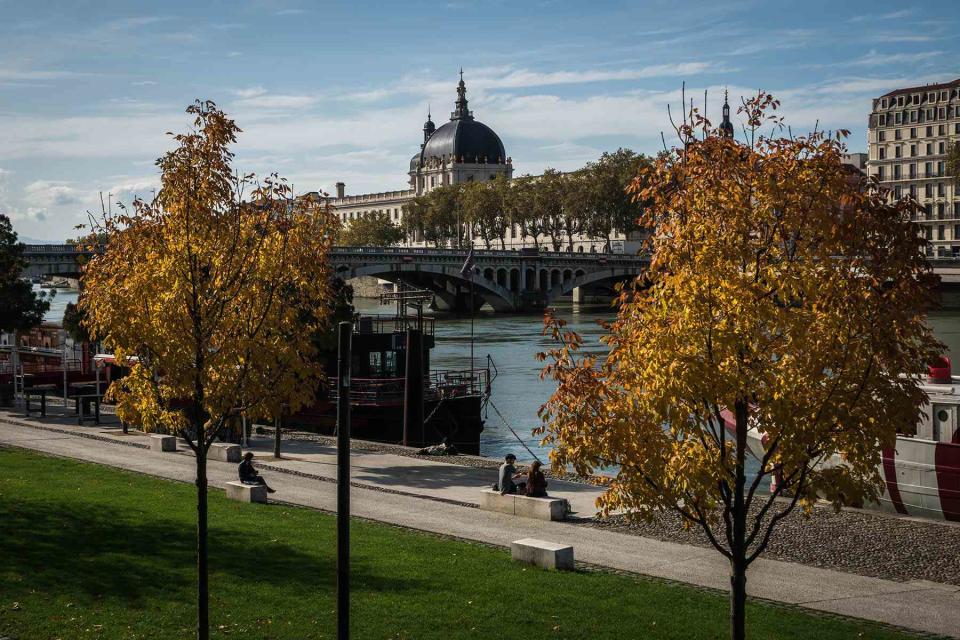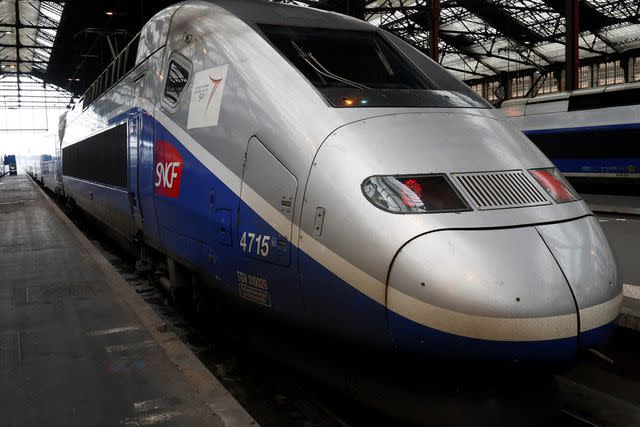France Bans Certain Domestic Flights Where There's a Train Route Available— Here's What You Need to Know
On select routes where this an existing train option, the flight will no longer be available.

Nicolas Liponne/Getty Images
Select domestic flights throughout France will now be banned if there is an existing train alternative, paving the way to cut down on carbon emissions in a decision that was approved by the European Commission last week.
The ban will apply to routes when there is a train available that will take less than 2 and a half hours, according to French Transport Minister Clément Beaune. To qualify, there would need to be several direct, high-speed rail connections available each day, according to the European Commission.
“France is a pioneer with this measure resulting from the Citizens' Climate Convention,” Beaune tweeted on Friday.
Currently, three routes will be affected between Paris Orly Airport and Bordeaux, Nantes, and Lyon. All carriers will now be “prohibited” from flying between those destinations.
Going forward, the Commission said other air routes — like between Paris Charles de Gaulle Airport and Rennes and Lyon as well as between Lyon and Marseille — could also be banned if rail services improve since currently “they do not make it possible to get to [the airport]... early enough in the morning or to depart from there late enough in the evening.”

Godong/Getty Images
“Future improvements in the rail services, with services operating at sufficient frequencies and suitable timings, in particular for the purposes of connecting flights, will enable these air routes to be banned,” the Commission wrote in its ruling.
The air travel ban will be in effect for three years and reviewed after two.
Train travel in Europe is one of the best ways to get around with high-speed connections available between many major cities and countries. In France, the first passenger line started running in the 1800s with the SNCF now running both high-speed and conventional long-distance trains across the country, including 11 high-speed lines that cover more than 1,600 miles.
High-speed lines are available between major cities like Paris, Lyon, Marseille, and Lille.
The SNCF, along with its German counterpart, is also developing a new high-speed, direct connection between Paris and Berlin that would link the two major cities in 7 hours.
For more Travel & Leisure news, make sure to sign up for our newsletter!
Read the original article on Travel & Leisure.

